@natcomms.nature.com
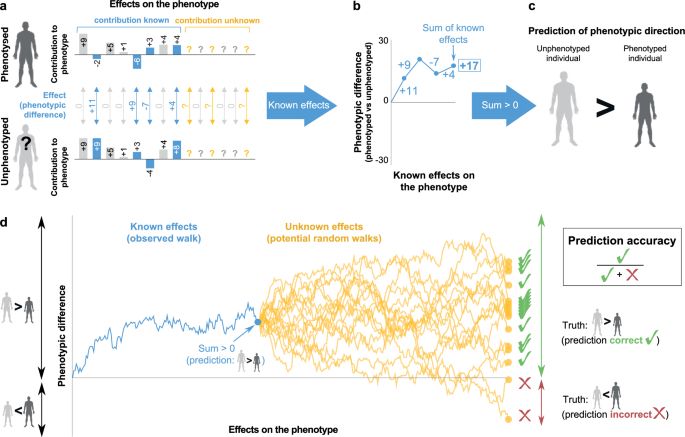
@natcomms.nature.com
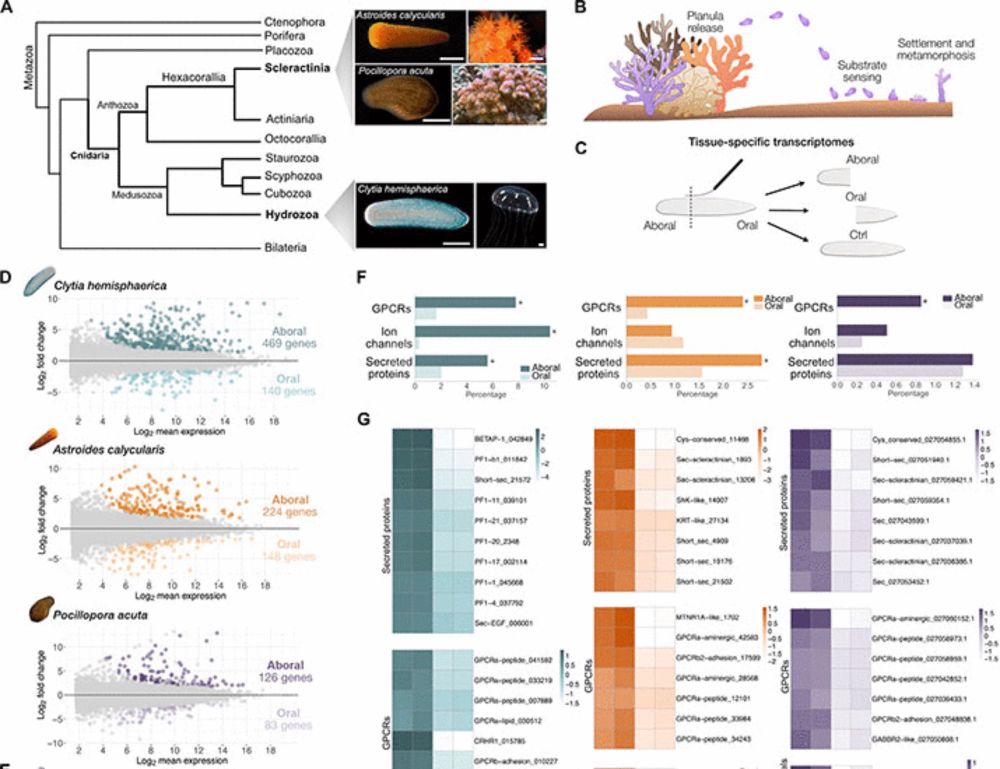
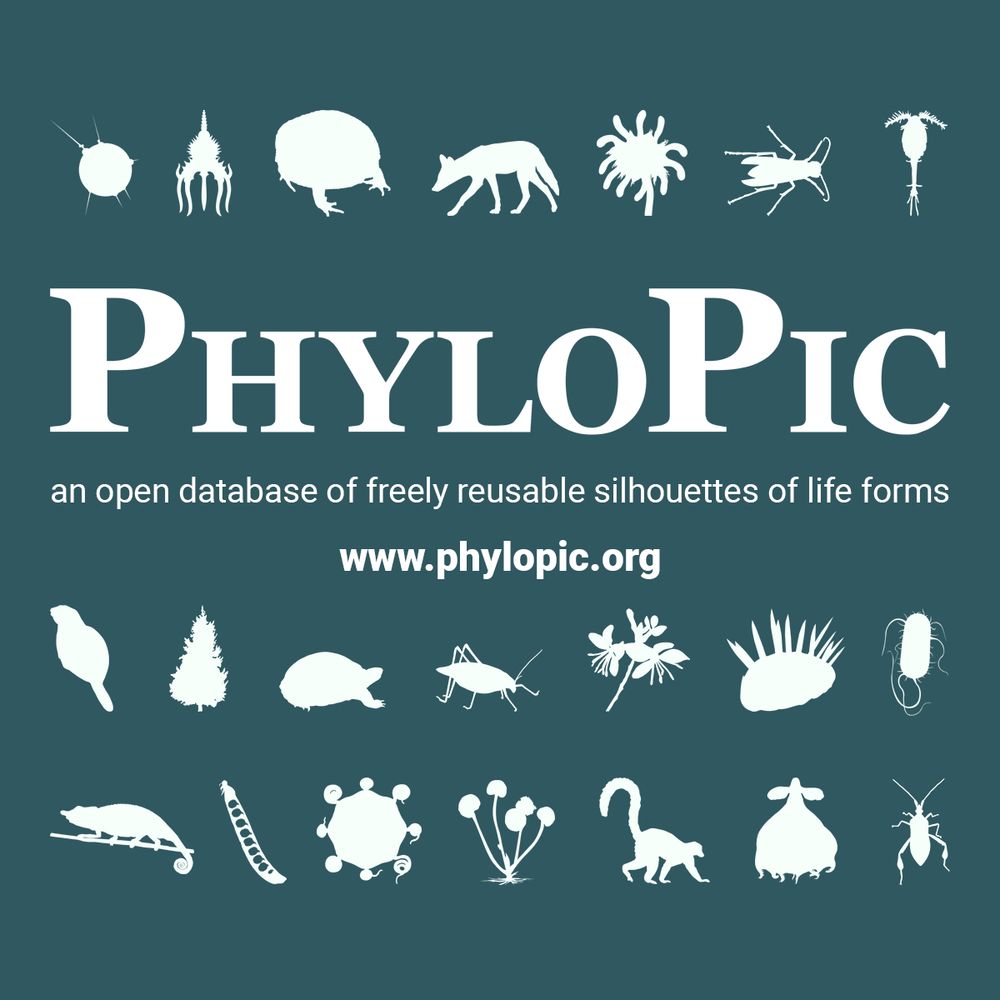
rdcu.be/eg4OA
1/
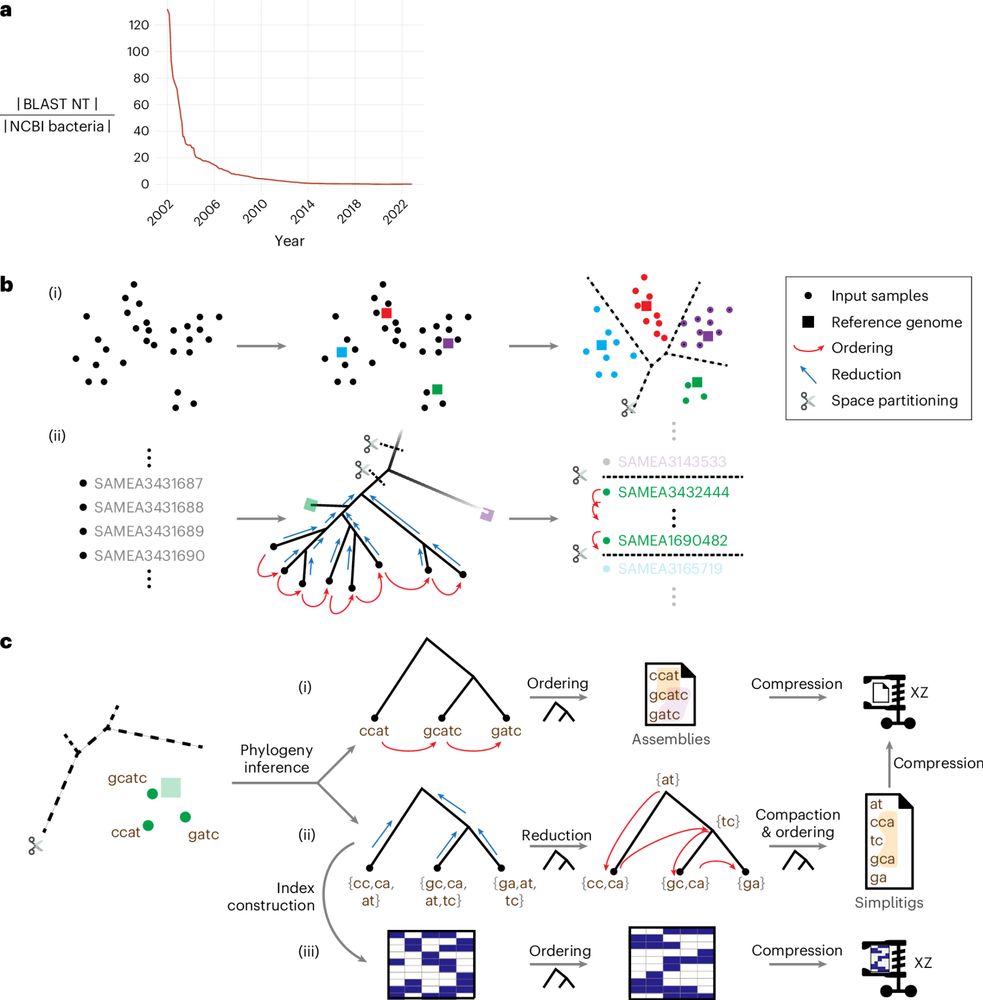
rdcu.be/eg4OA
1/
CoverM: Read alignment statistics for metagenomics academic.oup.com/bioinformati... #jcampubs
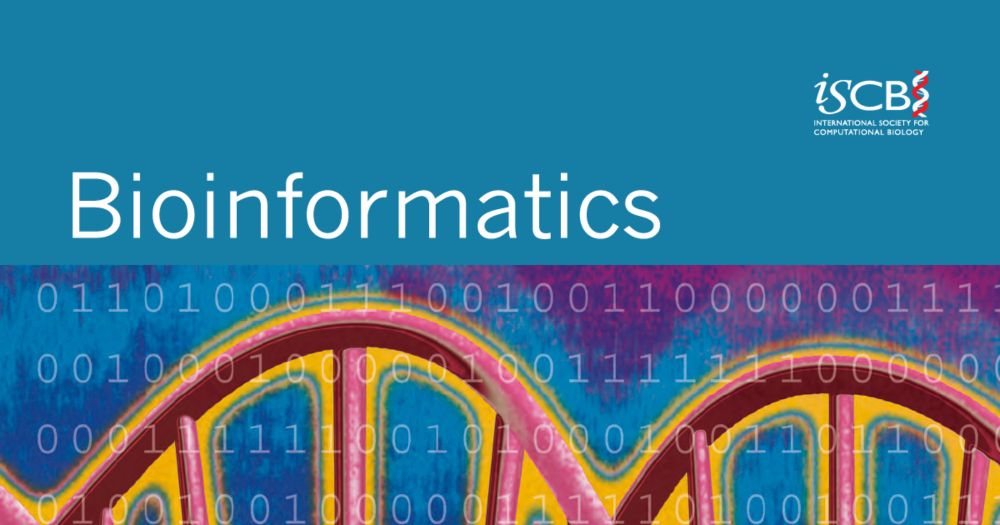
CoverM: Read alignment statistics for metagenomics academic.oup.com/bioinformati... #jcampubs

a.co/d/667XVjL



a.co/d/667XVjL
enviromicro-journals.onlinelibrary.wiley.com/doi/10.1111/...

enviromicro-journals.onlinelibrary.wiley.com/doi/10.1111/...
Learn more:
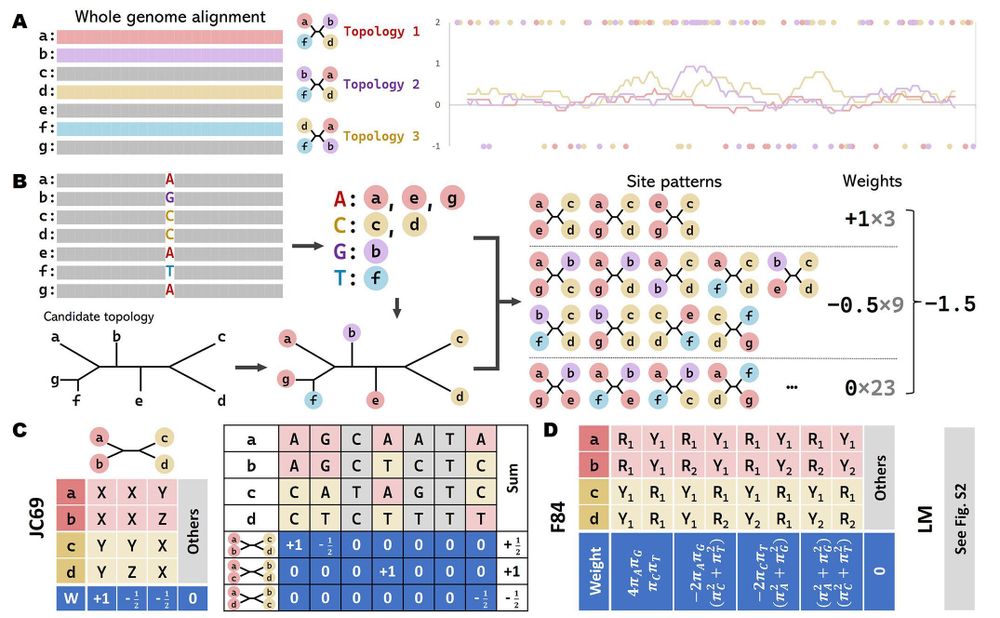
Learn more:
An earlier paper has described this relationship “Intracellular invasion of green algae in a salamander host” www.pnas.org/doi/10.1073/... but being able to see the amazing details from microscope is just 🤩🤩🤩!! 🔬🧪
An earlier paper has described this relationship “Intracellular invasion of green algae in a salamander host” www.pnas.org/doi/10.1073/... but being able to see the amazing details from microscope is just 🤩🤩🤩!! 🔬🧪



